News
TCL’s AI Super Drum T7R Pro Wants to Rethink How Clean Your Clothes Can Get
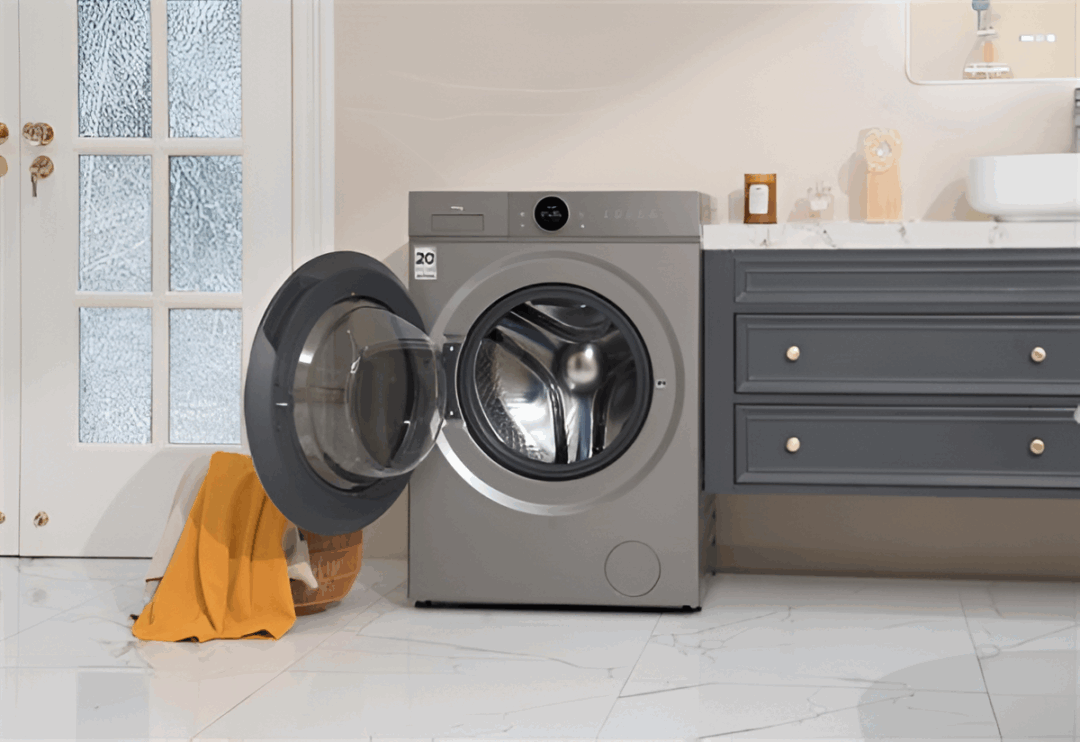
Washing machines have long freed us from hand scrubbing, but they still falter when it comes to tough stains. TCL’s AI Super Drum T7R Pro wants to change that. The company claims it achieves a 1.31 clean ratio, driven by a fully AI-powered wash system. During China’s 618 shopping festival, it surged to the top of bestseller lists on JD.com and Tmall, sparking real consumer interest.
At this year’s AWE 2025, TCL showed off the T7R Pro as proof that Chinese appliance tech has reached global heights. The company, with 30 years of expertise and over 1,600 patents, has already won awards like the iF Design and IFA Innovation Gold. Now it is pushing toward smarter, cleaner washing.
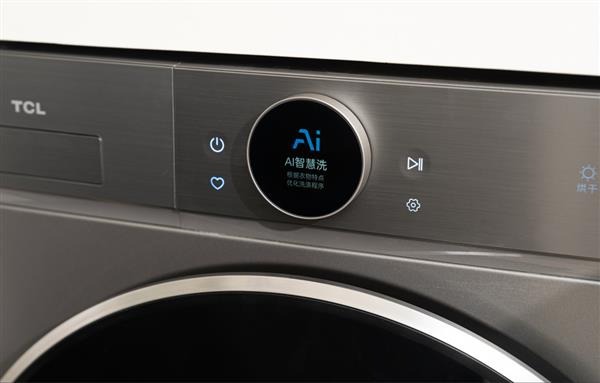
The hardware is a big part of the story. The 540mm drum, larger than industry norms, lets clothes tumble with more force, helping dislodge deep grime. Six 6D lifters with bionic ridges guide garments in an S-curve, targeting hard-to-clean zones like collars and cuffs. Even delicate fabrics benefit, thanks to a wave-patterned drum wall that cushions clothes. Silk and stuffed toys come out pristine.
But the real shift is AI. TCL’s Fuxi AI model reads fabric and stain types using eight sensors. Toss in a mixed load of cotton and wool? The machine automatically adjusts wash settings and temperatures. It also doses detergent with near-perfect precision, guided by optical sensors, keeping waste and residue to a minimum.
Drying gets an upgrade too. Instead of blasting clothes with high heat, the T7R Pro uses a low 55°C cycle to keep garments soft. For delicates, TCL offers the compact Minion Mini Washer, with high-temp and UV cycles perfect for underwear and stubborn stains.
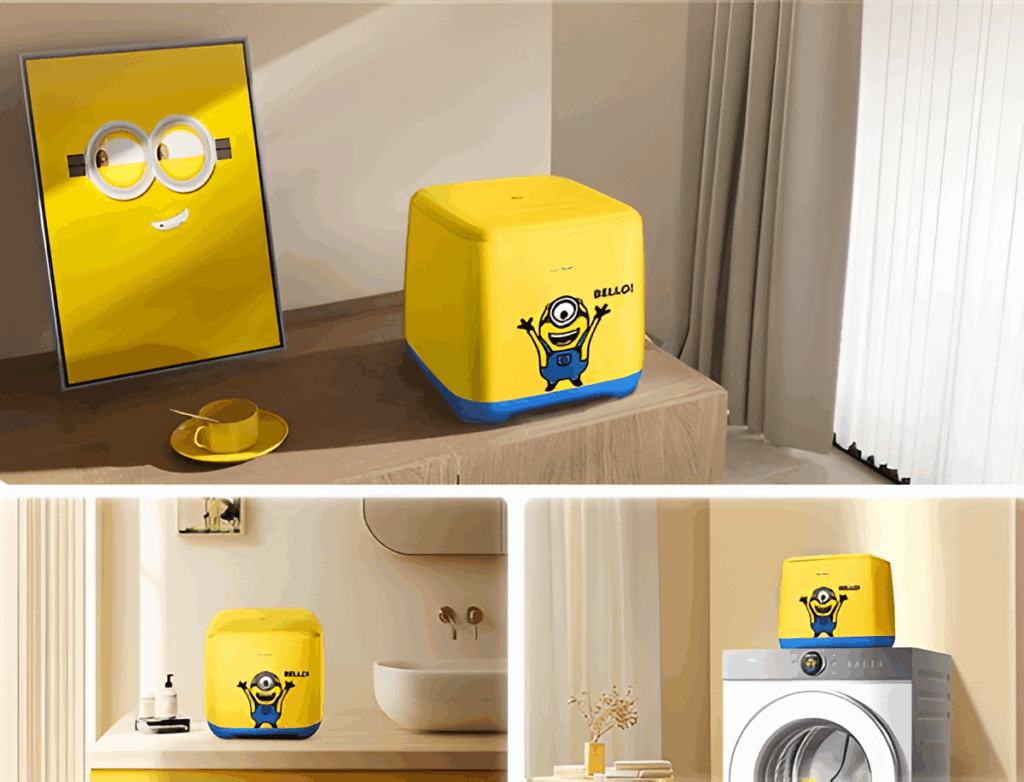
The T7R Pro blends brute cleaning power with AI finesse. It feels less like a washing machine and more like a connected home device that knows how to treat your clothes and your time.
In related news, TCL has launched the C6K QD-Mini LED TV series in Europe with a 144Hz display and gaming features, while the QM5K QD-Mini LED TVs have debuted in the US with premium display technology and HDR.
(Via)
News
TCL to Showcase Next-Gen Displays and AI-Powered Product Lineup at CES 2026

TCL has confirmed its participation at CES 2026 with a major showcase focused on advanced display technology and a wide range of AI-powered products. The company will occupy Booth #18604 at the Las Vegas Convention Center’s Central Hall from January 6 to 9.
TCL plans to highlight its latest breakthroughs in display innovation, including its new SQD-Mini LED technology. The technology delivers five key improvements: wide color gamut for all scenarios, no color crosstalk, higher peak brightness, more local dimming zones, and a slimmer profile. TCL will display these panels across TVs, monitors, mobile devices, and wearables.

The company will also debut new NXTPAPER smartphones and enote tablets with eye-care features. Visitors can expect a hands-on look at TCL’s latest AR glasses, designed to enhance personal entertainment and productivity.
TCL’s presence at CES will extend beyond displays. The company will introduce a complete lineup of AI-powered smart home devices, including air conditioners, refrigerators, washing machines, and smart locks. TCL will also present AI-powered TVs, projectors, and AR glasses that support personalized content and smarter interaction.
The company aims to show how its AI systems can support daily life through a connected ecosystem. Its Human-Vehicle-Home strategy will be on display through mobile devices, tablets, and smart integration solutions that combine intelligent productivity with mobility and home automation.
TCL’s booth will act as a live demonstration of how its display and AI technologies work together to shape future living and viewing experiences. The company has stated that more product details will be revealed during the event.
In related news, Apple’s upcoming foldable iPhone could drive significant growth for TCL CSOT, while TCL has also launched its PlayCube, A1S, and C1 portable projectors in the UK market.
News
Apple’s Foldable iPhone Could Fuel Big Gains for TCL CSOT
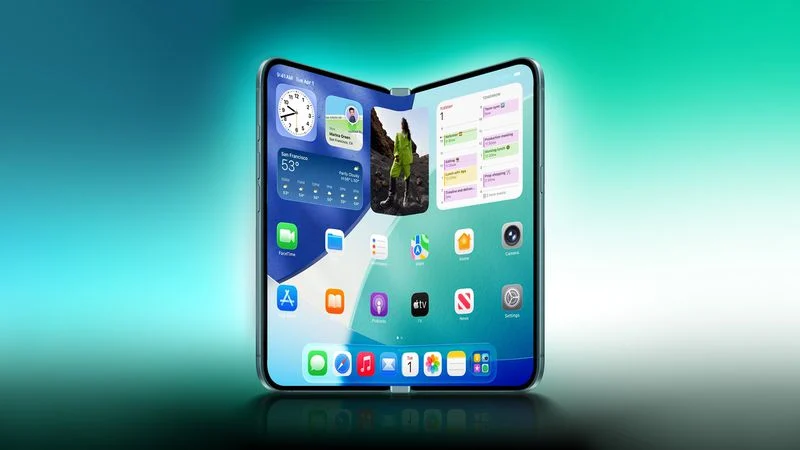
Apple is expected to enter the foldable smartphone market in 2026, and its arrival could significantly impact the display supply chain. According to a new report from Counterpoint Research, global shipments of foldable smartphone panels are forecast to grow 46% year-on-year, with Apple’s panel procurement plans playing a major role in driving that increase.
While Samsung Display is projected to lead with a 57% market share, TCL CSOT is quietly emerging as one of the fastest-growing players in the foldable panel segment. Counterpoint estimates that TCL CSOT will see a 47% year-on-year growth in foldable panel shipments in 2026, placing it ahead of several competitors in terms of momentum.
The report highlights a shift in consumer preferences toward book-style foldable devices with large, inward-folding displays. These designs are gaining traction in both global and Chinese markets, where buyers are prioritizing screen size and productivity features over compact form factors. Samsung’s Galaxy Z Fold 7 has already outsold the Flip model in early sales during the second half of 2025, underlining the trend.
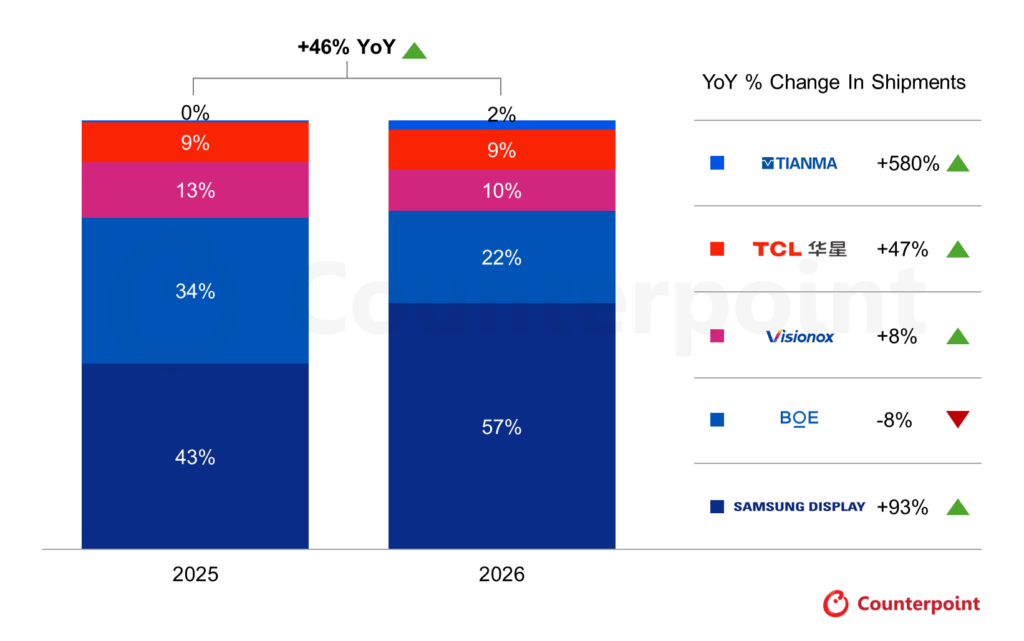
Panel makers are expected to post uneven results next year. BOE may experience an 8% decline, while Visionox is projected to grow 8%. Tianma is forecast to achieve the highest year-on-year surge at 580%, though from a smaller base. TCL CSOT’s 47% growth positions it as a key player poised to benefit from rising demand and higher average selling prices.
Counterpoint also expects foldable smartphone shipments to grow 14% in 2025 and 38% in 2026. As Apple prepares to enter the market and push foldables into the mainstream, TCL CSOT appears well-placed to expand its presence in the global foldable display market.
In related news, TCL CSOT is supplying the display panel for AOC AGON’s 1000Hz gaming monitor, the AGP277QK, while TCL has also launched the PlayCube, A1S, and C1 portable projectors in the UK.
News
TCL launches PlayCube, A1S, and C1 portable projectors in the UK
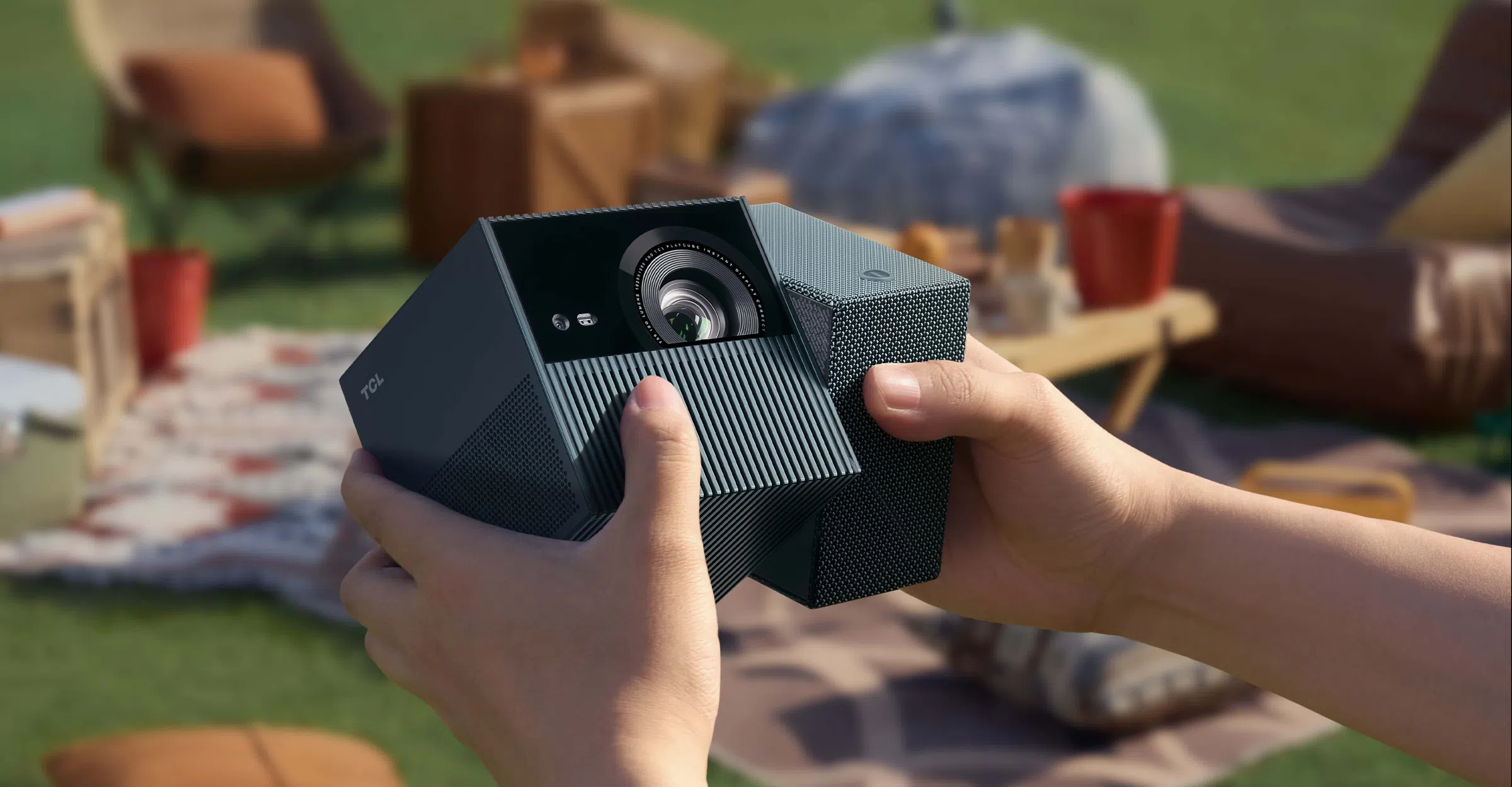
TCL has launched its full range of portable projectors in the UK. The lineup includes the uniquely designed PlayCube, the versatile A1S, and the compact C1. All three models are also available in the U.S.
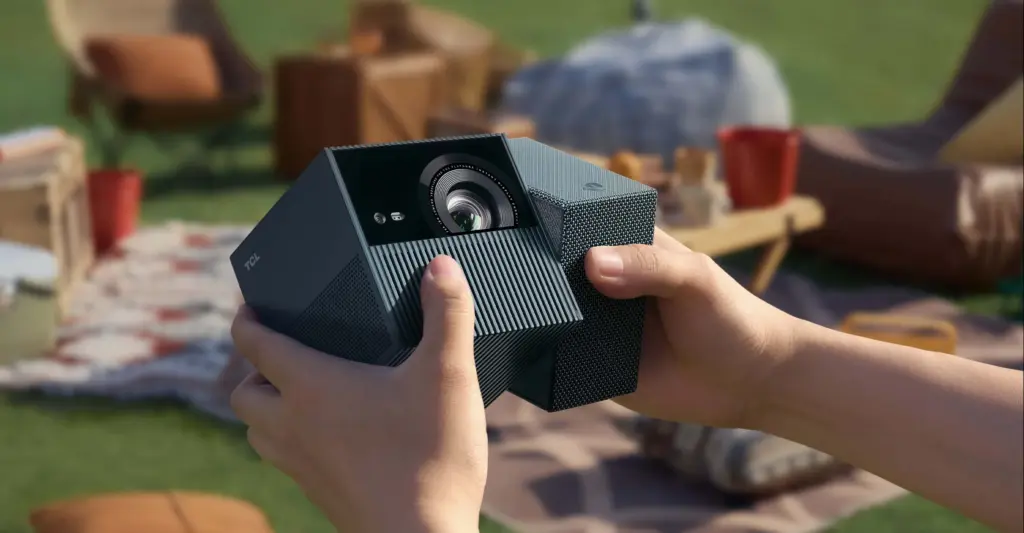
The PlayCube, priced at £799.99 in the UK and $749.99 in the U.S., features a cube-shaped design inspired by the Rubik’s Cube. It weighs under 1.4kg and runs wirelessly for up to three hours thanks to a built-in battery. It uses Google TV with optimized Netflix support, and its rotatable lens design allows flexible image placement on walls, ceilings, or tents.
The projector outputs 750 ISO Lumens and supports 4K input, although its native resolution is 1080p. It covers 124% of the Rec.709 color gamut and features instant autofocus, auto keystone correction, and Dolby Digital Plus audio.
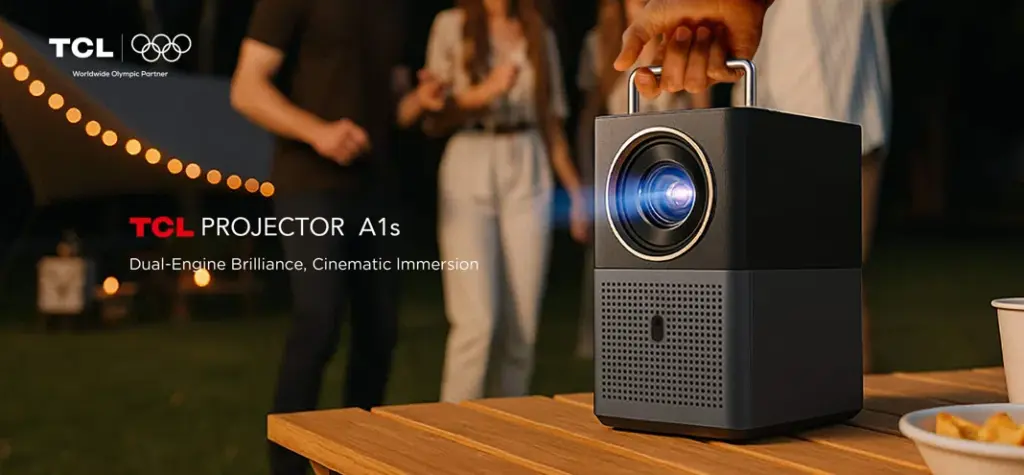
The A1S, priced at £369.99 in the UK and $330 in the U.S., features a tower design with a built-in “Versagrip” handle that acts as a stand. It also uses Google TV with Netflix, supports 4K input on a 1080p panel, and outputs 600 ISO Lumens. A 16W speaker system with passive radiators and reactive lighting adds entertainment value, especially during outdoor or party use.

The C1 is the most affordable option at £249.99 in the UK and U.S. It retains full HD resolution, Google TV, Netflix support, and automatic image adjustments. It delivers 230 ISO Lumens and can project up to 120 inches. The rotating gimbal handle helps with angle adjustment, and the built-in 8W speaker removes the need for external audio gear.
In related news, we recently covered the best TCL TVs under $500 you can buy in 2025, so do check that out as well.
(Via)






